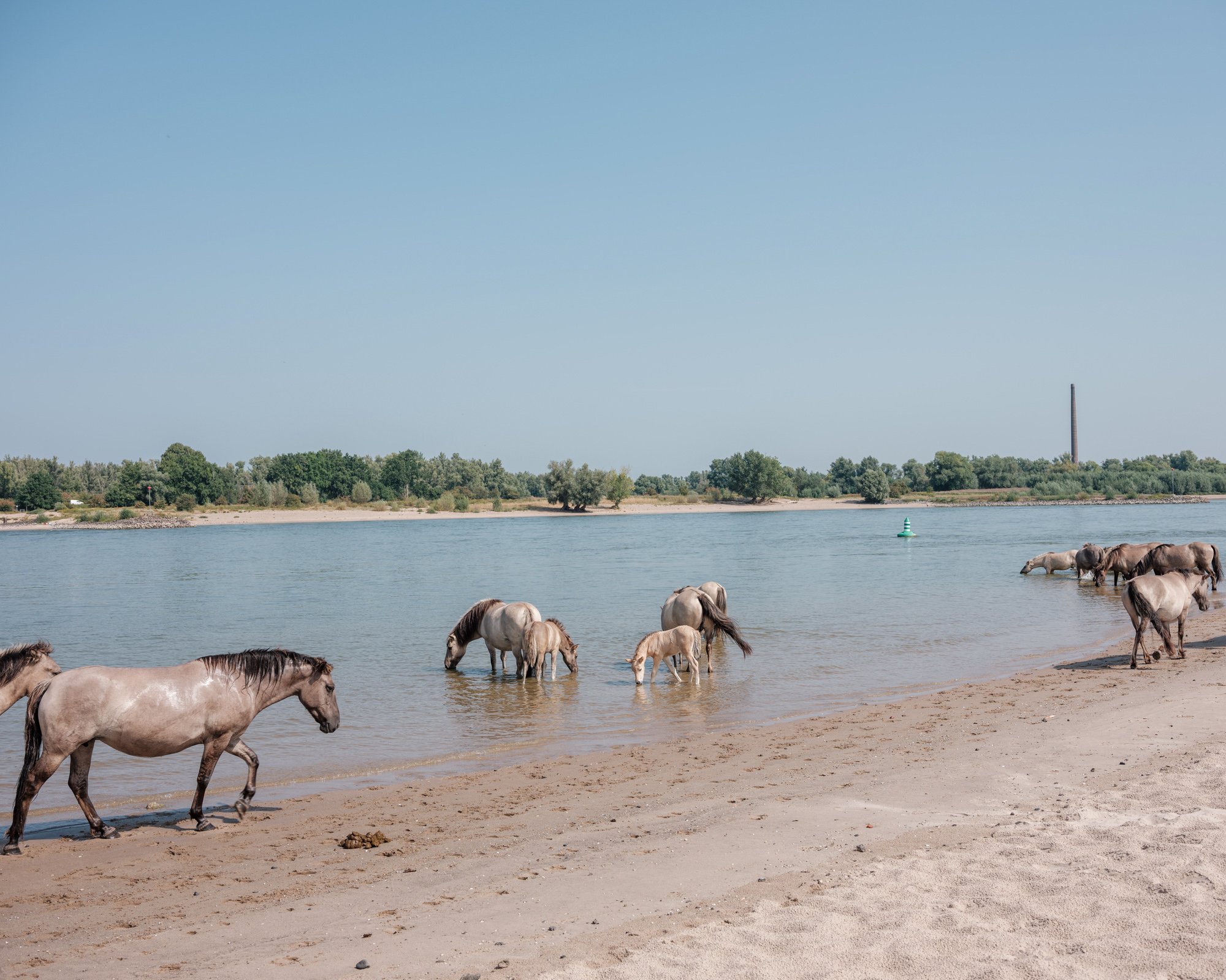
Cilo-Sat Mountainrange with military base. Hakkâri, Turkey.

Map of the Greater Zab basin. Sows the planned dams, national borders and areas of influence of conflicting parties.

Aftermath of citywar. Yüksekova, Hakkâri, Turkey.

Turkish military base. Hakkâri, Turkey.

Man in Hakkâri city, Hakkâri, Turkey.

The Greater Zab River, Hakkâri, Turkey.

Long live the Peshmerga of Kurdistan is written on wall of Kurdish military base (KRG). Amadiya, Iraq.

Zarifa. She was seeking truffles in the border area. Amadiya, Iraq.

Signs for no go zone, behind the demarcation the PKK (forbidden Kurdistan Workers Party) is in control. On the right is the touristic Gali Sherana watersource. Amadiya, Iraq.

Greater Zab River (forbidden zone). This valley is only safely accessible during clouded wheather. Everyone that enters risks being bombed by Turkish airplanes or drones. Amadiya,Iraq.

Deraluk Reshawa dam construction site at Greater Zab River. Amadiya, Iraq.

Rasheed. Rasheed is the father of Dunya, a 19 year old girl that died due to a Turkish mortar in summer 2018. Mergasor, Iraq.

Minefield and Kurdish forces checkpoint at entrance of Balinda valley. This valley forms a crucial coridor towards Turkey, and is notorious for the ongoing fights between PKK and Turkish forces. A dam is planned in this valley. Amadiya, Iraq.

Haci bey cay, which forms the border between Iraq and Turkey in some parts. This river is a small tributary of the Greater Zab. Two dams are planned in this particular scene. Mergasor, Iraq.

Kurdish schoolchildren, Sidakan, Iraq.

Sandbags of Kurdish military checkpoint (KDP - Kurdish Democratic Party). Mergasor, Iraq.

Rawanduz River, a key tributary of Greater Zab. Soran, Iraq.

KDP (Kurdish Democratic Party) military checkpoint. Sidakan, Iraq.

Young Kurdish shepherd, Sidakan, Iraq.

Farm at Rawanduz River, a crucial tributary of the Greater Zab River. Soran, Iraq.

Kurdish men having a picknick at Chama river valley. Barzan, Iraq.

Deserted picknick area at Zagros mountain range at Iranian border. The Iranian borderguards often enter Iraqi territory, one risks being kidnapped or killed if you get too close towards Iran. Choman, Iraq.

Sherwan. Sherwan is an Iranian Kurd working several months a year in the Iraqi Kurdish region as a turkey breeder, his son has a braintumor, but he is not able to find work in Iran.Choman, Iraq.

Residence of Sherwan. Choman, Iraq.

Minefield from Iran/Iraq war at Iranian border. Choman, Iraq.

Kurdish soldier at local security office (KDP - Kurdish Democratic Party). Sidakan, Iraq.

Kurdish girls making a wish at the Barzani Genocide monument. An estimated 8000 men of the Barzani tribe were killed bij de Baaath regime in 1983. Barzan, Iraq.

Junction at PKK (forbidded Kurdistan Workers Party) controlled territory. Barzan, Iraq.

Kurdish family having a picknick with Greater Zab River on the background during Newroz (Kurdish newyear) Barzan, Iraq.

Bekhal water source, Soran, Iraq.

Kurdish women and child at Rawanduz river, a key tributary of the Greater Zab River. Soran, Iraq.

Portrait of Nechirvan Barzani. Nechirvan Barzani is the grandson of Mustafa Barzani whom founded the KDP (Kurdish Democratic Party) in 1947 with the intention of establishing a Kurdish state. This powerful tribally runned party plays a crucial political, military and economical role in the Kurdish controlled region of Iraq. Soran, Iraq.

Unfinished Bekhme dam and Greater Zab river. It was Saddam Hussein that attempted to dam the Greater Zab first. He initiated what would have been the largest dam of Iraq, it would flood some key areas of the Barzani tribe. Over a billion US dollars was spent, but during the Kurdish uprising in the nineties the dam was suspended. Bekhme, Iraq

Kurdish girl. She was looking for firewood with her brothers on the slopes of the Greater Zab river valley. Bekhme, Iraq.

Greater Zab River. The Greater Zab River contributes 1/3 of the volume towards the Tigris, making millions of animals and people dependent on its flow. Barzan, Iraq.



































The Greater Zab - The Last Free River of Mesopotamia
The water of the Tigris river is historically Low. Dams in Turkey, Iran and Iraq carry a heavy cost downstream. The land between two rivers - Mesopotamia — is drying up. Only one river in the Mesopotamian watershed is still flowing free: the Greater Zab. Supplying one third of watervolume to the Tigris River it is a key river for humans and animals in the region.
This river springs in the high mountains of Southeastern Turkey where after it flows into the Kurdish region of Iraq. However, dozens of dams are planned both in Turkey and Iraq as companies and states see the undammed river as untapped potential for hydropower andirrigation.
The Greater Zab may no longer run free.
This last free flowing river represents the friction between freedom and control. Dams are political instruments to control the key resource of this region, and therefore the territory and population that lives in it. Some dams are even used as water weapons. This project follows the course of the Greater Zab and its tributaries as the water traverses through boundaries, and transmits a feeling of creeping domination and hidden tension that permeates the Landscape and lives of people whom endure powerful (geopolitical) forces. The Greater Zab river shows repression and attempts to control what cannot be controlled in its essence.



